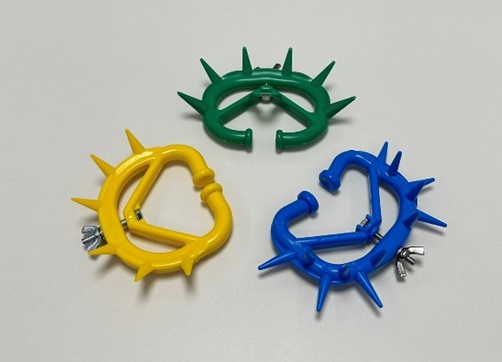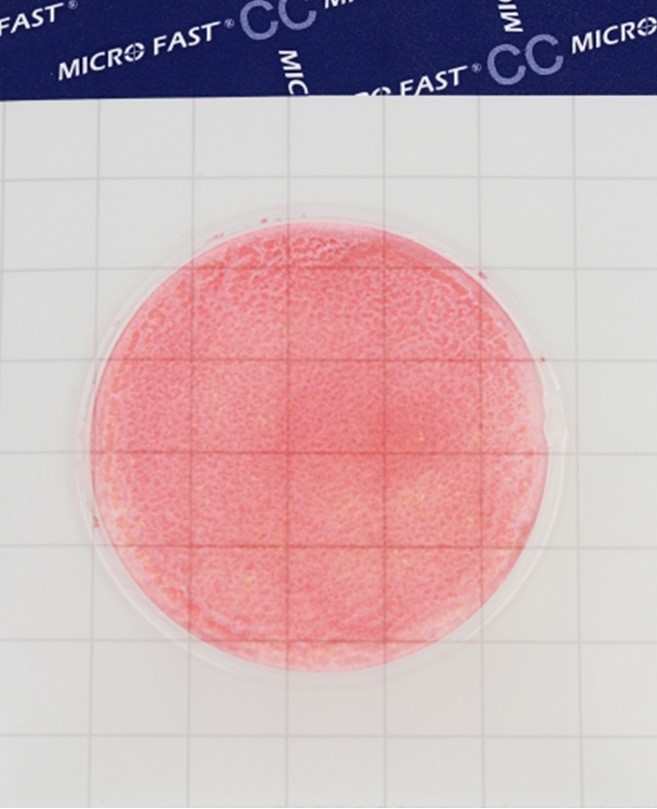How time changed on the doomsday clock. infographics

What is the doomsday clock and who translates their hands
The Doomsday Clock was created in 1947 as a metaphor for how close humanity has come to self-destruction - to "midnight". They were launched by the American magazine Bulletin of Atomic Scientists to draw the attention of mankind to the threats of nuclear weapons (in 1945, the United States atomic bombed the Japanese cities of Hiroshima and Nagasaki). Then the clock was seven minutes to midnight. Initially, the arrows were moved by the editor of the magazine, Eugene Rabinovich, based on the conclusions of scientists and experts in the field of nuclear weapons. After his death in 1973, the decision to move the arrows (forward or backward) began to be made by an expert council. The Council also consults with other scientists and experts, including 13 Nobel laureates. Recently, climate change has also been taken into account among the factors.
How much did the doomsday clock show during the cold war and in modern times
The time at first steadily approached midnight. In 1953 , after American and Soviet tests of thermonuclear weapons, the clock remained two minutes before midnight - the worst figure in the entire Cold War and the entire 20th century. In 1960 , the time increased from two to seven minutes: experts noted the interaction of scientists and the hope for the desire of the USSR and the usa to avoid direct confrontation. The Caribbean crisis of 1962 (the peak of the Cold War, associated with the deployment of American missiles in Turkey and Soviet missiles in Cuba) did not affect the Doomsday Clock - the next time the hands were moved only in 1963 , and the time increased to 12 minutes . The experts explained their choice by the signing of the USSR and the USA of the treaty banning nuclear weapons tests in the atmosphere, outer space and under water. The second most dangerous moment after 1953 was recorded in 1984 - three minutes before midnight. Experts noted the "coldest point" in relations between the USSR and the USA and fears of a new arms race. The best things were in 1991year - 17 minutes to midnight. Then the Bulletin mentioned the end of the Cold War and the START I treaty (the Treaty on the Reduction of Strategic Offensive Arms signed by the United States and RUSSIA in July 1991 and providing for the parties to reduce their nuclear arsenals to a certain level within seven years). Since then, the time remaining until midnight has been reduced again, with the exception of a small setback in 2010 (from five to six minutes ), when experts noted new negotiations on the reduction and limitation of arms. In 2018 , for the first time since 1953, the clock returned to two minutes before midnight: experts stated "the inability of world leaders to cope with the biggest threats to the future of humanity." In 2020 , an expert council set 100 seconds to midnight for the first time in the history of the Doomsday Clock. The Bulletin pointed to the risks of nuclear war, climate change and the development of disinformation. In 2021, the experts decided to leave the same 100 seconds. In 2023 , the clock hands moved to the 90 seconds to midnight position for the first time in history. The Bulletin called the situation "a time of unprecedented peril." The message on the bulletin's website primarily referred to the fighting in Ukraine. Experts also noted the persistence of climate-related threats and the destruction of global norms and institutions necessary to reduce other risks, including biological ones like the covid-19 pandemic .Read together with it:
- Боливия экспортирует говядину на сумму 797 миллионов долларов и вводит новые цифровые сертификаты для внешней торговлиЭкспорт говядины из Боливии в период с 2021 по 2025 год достиг 797 миллионов долларов. Китай является основным рынком сбыта этого мяса, на который приходится 74% продаж, сообщила Карина Серрудо, генеральный директор Национального таможенного управления. Параллельно с этим ведомство включило сертификат безопасности экспортных пищевых продуктов для говядины в систему «Единое окно для внешней торговл...
- Поголовье свиней в Бразилии продолжает растиТакже наблюдался рост убоя свиней на 1,2%, достигнув рекордного уровня в 2024 году, хотя рост сектора замедлился. Экспорт свинины также достиг исторического максимума. По географическому распределению Толедо (штат Парана) сохранил лидерство по производству свинины среди 5487 муниципалитетов, где ведётся свиноводство, на долю которого приходится 2,2% от общего поголовья (95......
- Bloomberg узнал о плане G7 значительно ужесточить санкции против РоссииНовый пакет санкций будет включать меры, в частности, против энергетики, финансов и военной промышленности, а также крупнейших нефтяных компаний России. Разработку пакета G7 планирует завершить в октябре, выяснил BLOOMBERG Страны «Большой семерки» (G7) приближаются к соглашению о значительном ужесточении санкций в отношении России, сообщает агентство Bloomberg со ссылкой на проект заявления. «Мы с...
- Фон дер Ляйен заявила о смене подхода к санкциям против РоссииНовый подход подразумевает не предложение поэтапных санкций, а «гораздо более жесткие меры» в отношении энергетики, финансовых услуг и торговли, все это уже входит в 19-й пакет, заявила глава ЕК Урсула фон дер Ляйен Евросоюз при подготовке 19-го пакета санкций против России меняет подход, переходя «от поэтапного усиления давления к жестким мерам». Об этом заявила глава Европейской комиссии Урсула ...




























































